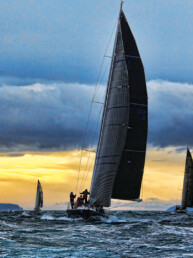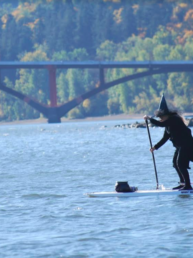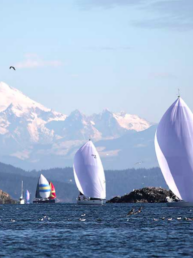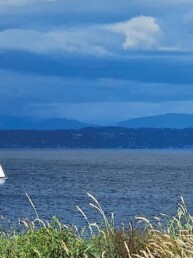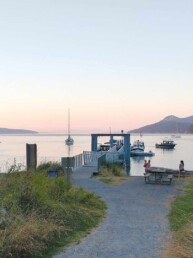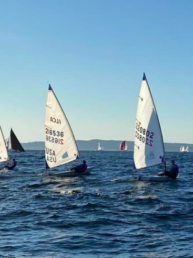
A few years ago, I sailed nearly 100 miles up the Columbia River, from Astoria to Portland. The wind came up early each day and lasted until dusk, allowing for long, uninterrupted days of downwind or beam reach sailing. So instead of tacking and focusing on wind shifts for most of the run, I spent my time observing my surroundings and thinking.
Aside from noting the remarkable number of cottonwood trees and uninhabited sandy shores, I had one major epiphany on the trip: I wasn’t alone out here.
The dominant boat on the river wasn’t a gleaming fiberglass trawler, elegant sailboat, or barge/tug combo. By far the most common craft was the humble, recreational aluminum fishing boat. The Oregon Department of Fish and Wildlife’s recreation report confirmed my observation: on that same stretch of river one peak September day it counted 1,602 fishing boats.

From Shelton to Seattle, Ilwaco to Hood River, aluminum fishing boats seem to ply rivers and inland waterways with greater frequency than marina-based pleasure boats. I commonly spot them anchored on the fringe, trolling near river mouths, or blasting along with 100+ horsepower engines in search of the next best fishing spot.
Despite their numbers, these fellow boaters, like a lost tribe, seem unknown to marina-based sailors—even ones like me, a guy almost as comfortable at the local boat ramp as at a sailing club. Who were they? I wondered. So in 2018, I decided to do more than observe from a distance: like an amateur anthropologist, I started talking to them.
At first I didn’t know where to start—or what to say. Could a motorless sailor without a fishing pole find common ground with these guys? So to start, I just waved. And they waved back.
Later, at the dock, or when our boats approached each other, I began asking what they were fishing for, or what kind of bait they were using. After a while I moved on to open ended questions: How’s it going? How well does that boat work for you? What do you like best about being on the water?
My queries garnered more details about motors than I really wanted to know, but I also learned that while catching fish was fun for my compadres on the river, hanging out with their buddies was more important. And just like me, they were motivated to get out on the water by the sense of peace here, and the endless route possibilities.

At the same time, an obvious cultural divide separated us, marked outwardly by our gear: me in high-tech foulies; them in Carhartt camo jackets. And when the conversation turned to fishing regulations, conservation, and the management of shoreside lands by non-profit groups, I got an earful. Sometimes I agreed, but other times, it was like listening to far-flung theories I’d only read about in the news. I didn’t argue, though, or defend my own positions. My aim was to listen and try to understand opinions different from mine.
I’ll be back on the Columbia in 2019, and so will my fellow boaters with fishing rods. I respect their dedication to getting out on the water, no matter the weather, to experience the seasons on their own terms, much like myself. We may not see eye to eye on everything, but we’re connected to a place, and hearing each others’ stories, dreams, and lore makes that place richer for all of us.

